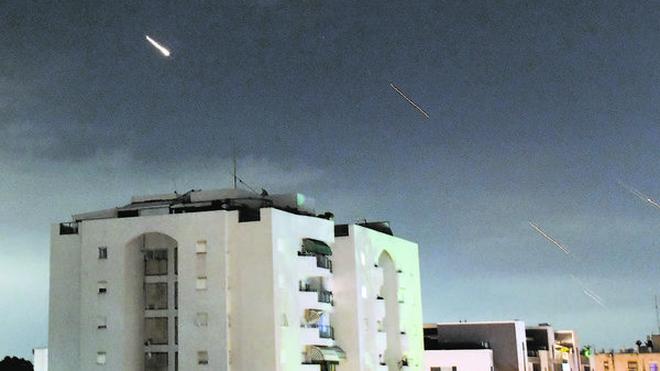Amid high tensions with Israel, Iran’s missile programme comes into focus
Iran’s air force has an ageing fleet led by F-14 Tomcats and Mikoyan MiG-29 fighter jets from the Cold War, but they would be no match for Israel’s F-35Is and its air defences; this means Iran, if it attacks Israel again, would need to rely on missiles and drones or use proxies such as Hezbollah

Image credit :- thehindu
As tensions escalate between Iran and Israel following the assassination of Hamas leader Ismail Haniyeh in Tehran, Iran's missile program has emerged as a potential avenue for retaliation. This program, which facilitated Iran's unprecedented drone-and-missile offensive against Israel in April, raises questions about its effectiveness and accuracy. Notably, this was the first such barrage since Saddam Hussein's Scud missile attacks during the 1991 Gulf War.
Despite the scale of the April assault, the effectiveness of the missiles used has come under scrutiny. Many projectiles were intercepted by a U.S.-led coalition, while others malfunctioned during launch or crashed before reaching their targets. Reports indicate that approximately 50% of the missiles either failed to launch or did not hit their intended marks, significantly undermining Iran's military capabilities in this context.
Recent analyses suggest that one of Iran's advanced missiles, the Emad, is less accurate than previously believed. Initial estimates indicated a circular error probable (CEP) of around 500 meters, but new findings reveal a CEP of approximately 1.2 kilometers. This reduced accuracy limits the missiles' utility for precise military operations, potentially relegating them to the role of "terror weapons" aimed at inflicting psychological damage rather than achieving strategic military objectives.
Geographically, Iran faces challenges in executing a direct military attack on Israel, which is located nearly 1,000 kilometers away. Iran's aging air force is ill-equipped to match Israel's advanced defenses, necessitating reliance on missiles and drones. Furthermore, Iran may seek assistance from allied militias, such as Hezbollah and Houthi forces, to bolster its offensive capabilities.
In the backdrop of these developments, concerns persist regarding Iran's nuclear ambitions. While Tehran maintains that its nuclear program is peaceful, intelligence reports suggest that Iran has undertaken activities that could facilitate the development of a nuclear weapon. This potential capability, combined with the challenges facing its missile program, creates a complex security landscape in the region as Iran contemplates its next moves against Israel.



